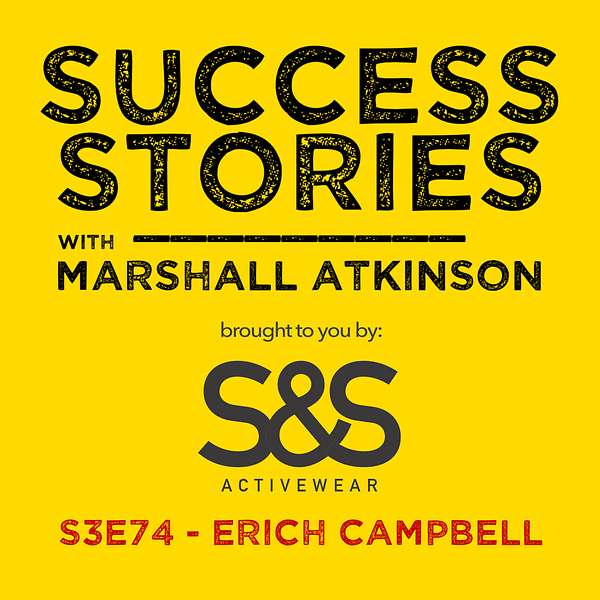
Success Stories with Marshall Atkinson
Success Stories is a podcast that is focused on the decorated apparel and promotional marketing industry. We highlight successful companies and people in these industries. What are they doing? How can you learn from them? Hearing their stories of success, you can apply those same ideas to your business situation and have success too.
Success Stories with Marshall Atkinson
Success Stories Ep 74 - "Embroidering Success One Thread at a Time"
•
Marshall Atkinson
•
Season 3
•
Episode 74
Today’s guest on the Success Stories podcast is Erich Campbell, and we’ll focus on all things embroidery. Erich is a prolific writer, content creator, and a fantastic teacher.
You may have seen him at a trade show, on the 2 Regular Guys podcast, or on his own podcast, The Takeup. But what do you actually know about Erich? How did he get into this business? What is he interested in?
We’ll dig into all that and more in this edition of the Success Stories podcast. So buckle up and get ready for an amazing episode!